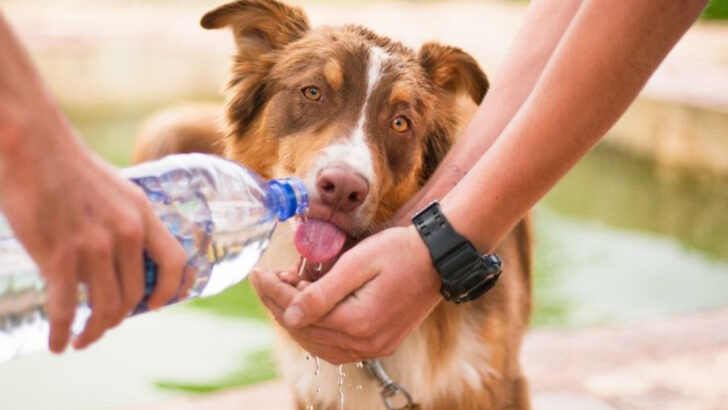Summer is full of sunshine, fun, and… hidden dangers your pets don’t see coming.
While you’re soaking up the rays, your furry friends might be facing threats lurking just around the corner.
From sizzling pavement to sneaky insects, summer isn’t all tail wags and belly rubs.
Ignoring these hazards could turn a perfect day at the park into a trip to the vet.
Think your backyard is safe? Think again.
Toxic plants, overheating, and even mysterious water dangers hide in plain sight.
Ready to protect your pet like a pro?
Let’s uncover the 10 summer dangers that most pet owners miss—and how to keep your best friend safe, cool, and happy all season long.
Pavement Burns

Ever taken a barefoot stroll on a sunlit road? Ouch! Now imagine your dog walking on the same sweltering pavement. Pavement heats up rapidly under the summer sun, posing a real threat to sensitive pet paws. For instance, when the air temperature hits 85°F, asphalt can reach a scorching 140°F. These high temperatures can cause severe burns and discomfort. It’s crucial to walk pets during cooler parts of the day. Additionally, testing the pavement with your hand can prevent accidental injuries. Protect those paws and enjoy worry-free adventures!
BBQ Hazards
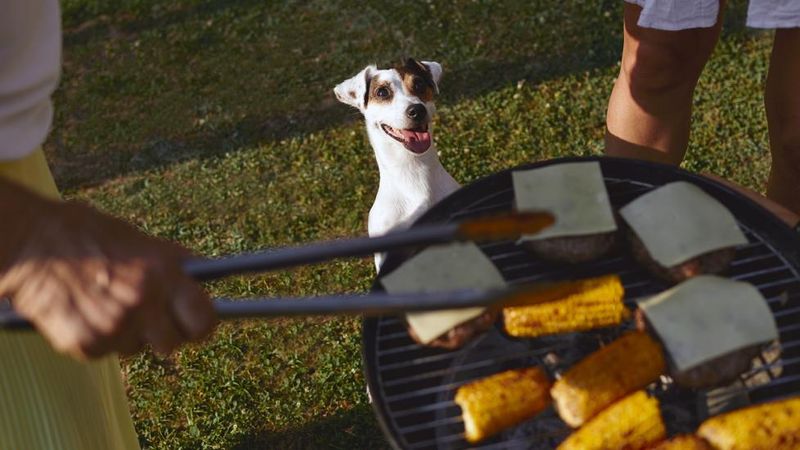
Barbecues are a summer staple, but they can be perilous for pets. Curious noses are often drawn to the enticing aromas wafting from the grill. However, certain foods, like onions and grapes, are toxic to pets. Additionally, skewers and bones present choking hazards. Keep pets at a safe distance from the cooking area and ensure food waste is disposed of securely. Offering pet-safe treats can divert their attention. Always monitor your furry friend’s interactions during these gatherings. Enjoy the barbecue season safely, keeping both humans and pets happy.
Dehydration
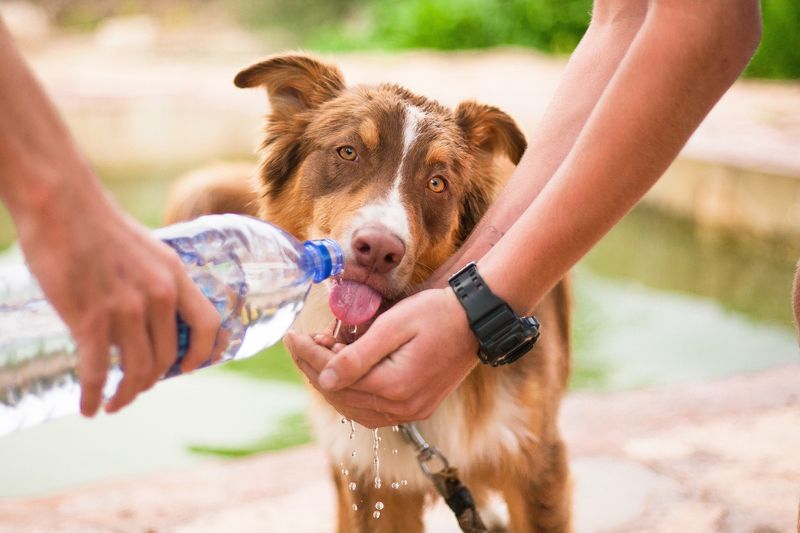
Hydration is key during hot months. Dogs and cats can easily become dehydrated, especially when engaging in outdoor activities. A telltale sign is excessive panting or lethargy. Always provide fresh water and shade. Using water-rich foods or treats can also help maintain hydration levels. For adventurous pets, portable water bottles are a must-have on outings. Ensuring your pet stays cool and hydrated prevents heat-related illnesses. Stay vigilant about their water intake and adjust routines to accommodate rising temperatures. Healthy hydration habits are vital for summer safety.
Insect Bites
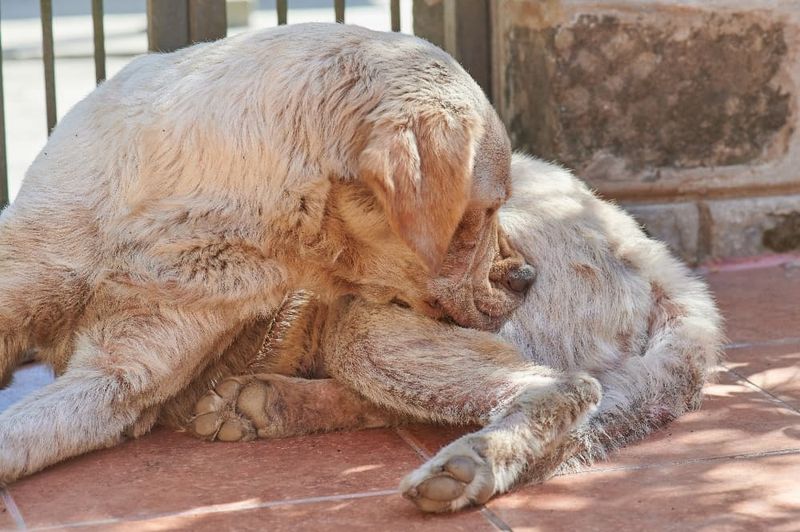
Buzzing critters can be more than just a nuisance. Insects like mosquitoes, ticks, and fleas thrive in warm weather, posing health risks to pets. Mosquitoes can transmit heartworm, while ticks are known carriers of Lyme disease. Regularly checking your pet for these pests and using veterinarian-approved preventatives is crucial. Maintaining a tidy yard and avoiding tall grass on walks reduces exposure. Consider pet-safe repellents and protective clothing. Being proactive and vigilant ensures your furry friend’s comfort and health during insect season. Don’t let bugs ruin summertime fun!
Heatstroke
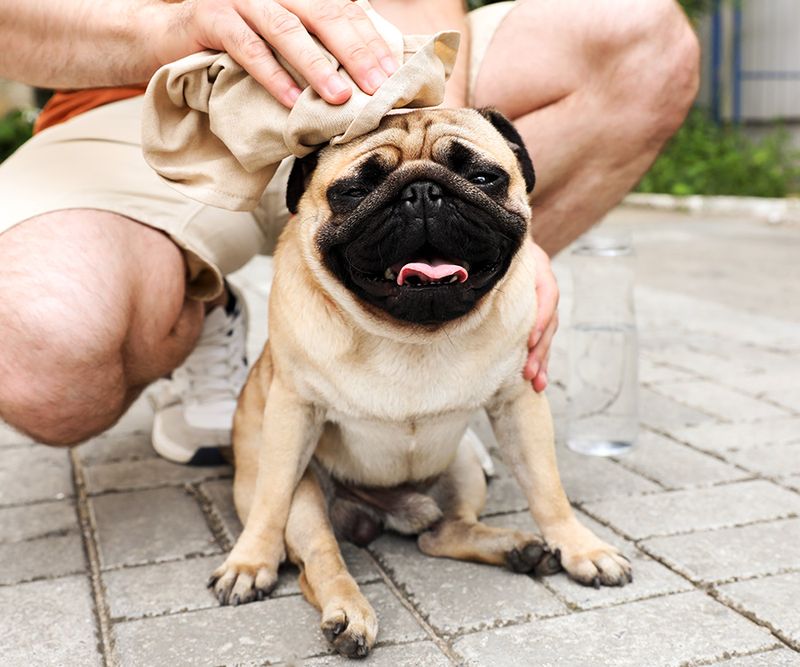
Summer heat can be overwhelming for pets, leading to heatstroke if not monitored closely. Unlike humans, dogs and cats can’t sweat to regulate their body temperature efficiently. Symptoms include excessive panting and drooling. Ensuring access to cool water and shaded areas is crucial. Avoiding strenuous activities during peak heat hours can prevent overheating. Recognizing early signs and acting swiftly is vital. If heatstroke is suspected, seek veterinary care immediately. Safeguarding pets from extreme temperatures ensures they enjoy a healthy, active summer. Beat the heat with mindful precautions.
Pool Safety
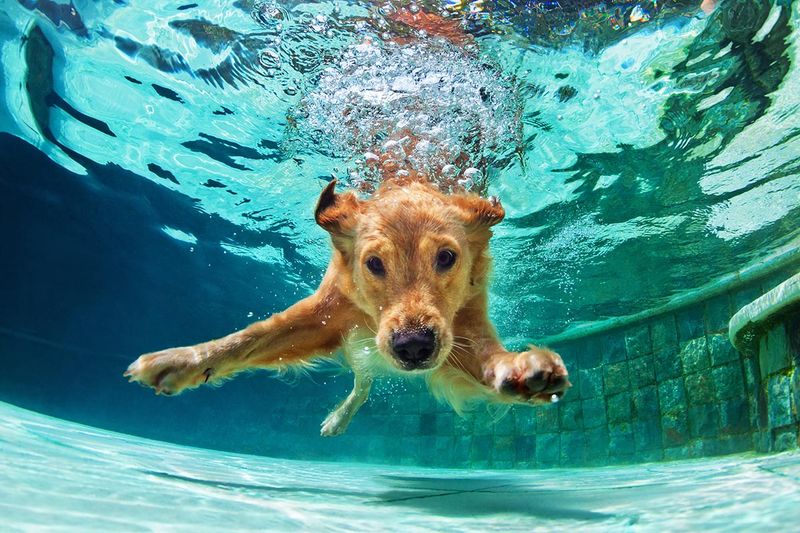
While swimming can be fun, water safety is paramount. Not all pets are natural swimmers, and pools can pose a drowning risk. Investing in a pet life jacket enhances safety. Always supervise pets around water, and ensure they know how to exit the pool. Installing a pool ramp can assist in safe exits. Teaching pets to swim with guidance increases their confidence and safety. Understanding their limits and providing support reduces accidents. Dive into summer fun with water-safe habits and watch your pet enjoy splashing safely.
Fireworks Anxiety
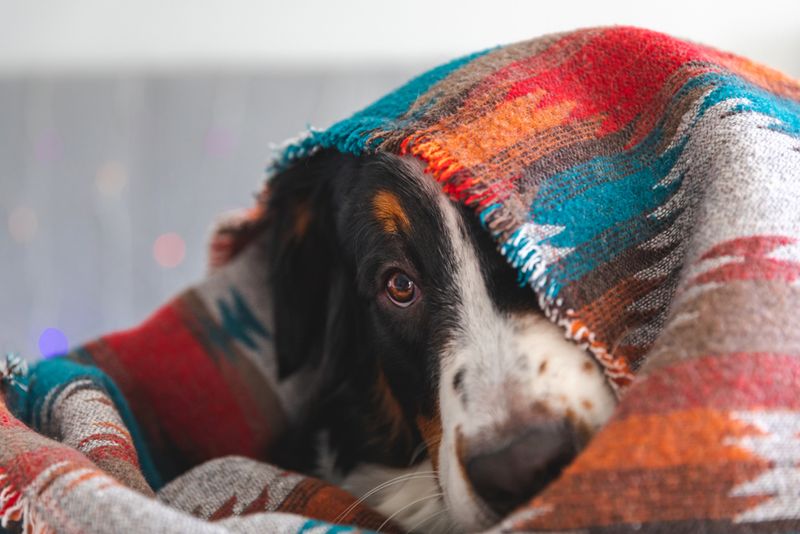
Fireworks may be a delight to humans, but for pets, they can cause intense anxiety. The loud noises and bright flashes can lead to stress, resulting in trembling or destructive behavior. Creating a safe, quiet space indoors with familiar items can help soothe them. Calming supplements or wraps may offer additional relief. Planning ahead for fireworks events and providing distractions like toys or treats can ease their unease. Understanding their fear and taking steps to minimize anxiety ensures a peaceful summer celebration for all.
Fertilizer and Pesticide Exposure
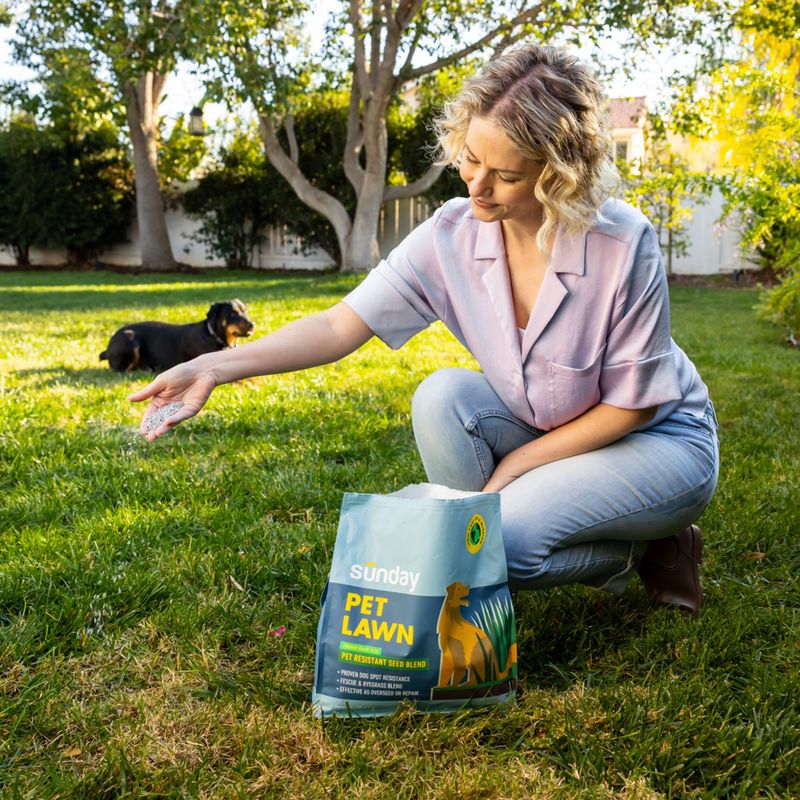
Lush green lawns are a summer dream, but the chemicals used to maintain them can be harmful to pets. Fertilizers and pesticides contain toxic substances that, if ingested, can lead to serious health issues. Signs of exposure include vomiting and drooling. Limiting pet access to treated areas for a period after application is essential. Opting for pet-friendly products and consulting with lawn care professionals can reduce risks. Keeping pets safe from chemical exposure ensures they frolic freely in the yard. Prioritize their health with informed choices.
Beach Hazards
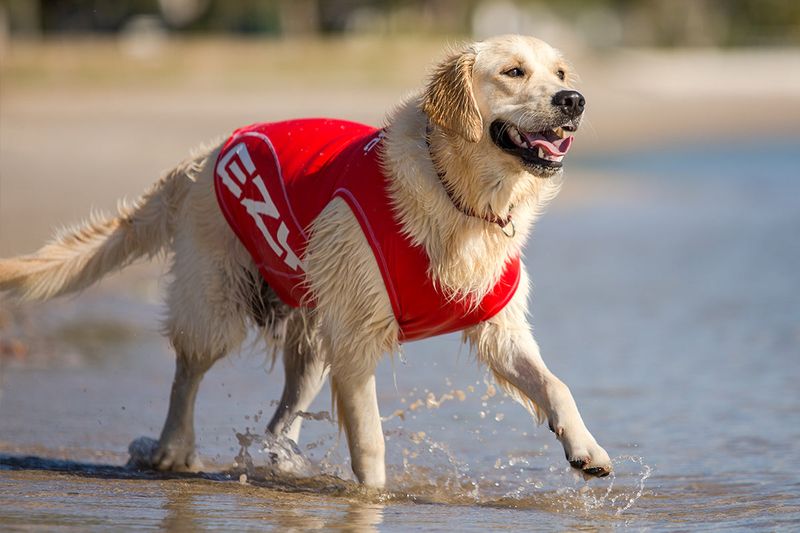
A day at the beach can be a blast, but it comes with its own set of hazards for pets. Saltwater can cause dehydration or salt poisoning if ingested in large amounts. Ensuring fresh water is available is key. Additionally, sharp shells or hot sand can injure paws. Keeping pets leashed and within sight prevents unexpected incidents. Awareness of local beach regulations and pet-friendly areas enhances safety. Enjoy beach outings by planning ahead and providing protection from potential dangers. Sun, sand, and safety go hand in hand.
Poisonous Plants

Summer gardens burst with vibrant blooms, but not all plants are pet-friendly. Some common summer plants, like lilies and azaleas, are toxic if ingested. Symptoms of poisoning may include drooling or lethargy. Familiarizing yourself with toxic plants and removing them from accessible areas is crucial. Educating family members about these hazards ensures pets are safeguarded. Opting for non-toxic plant alternatives creates a pet-safe garden. Awareness and proactive steps protect pets from accidental poisonings. Celebrate the season with a beautiful, hazard-free garden. Knowledge is the best defense.

